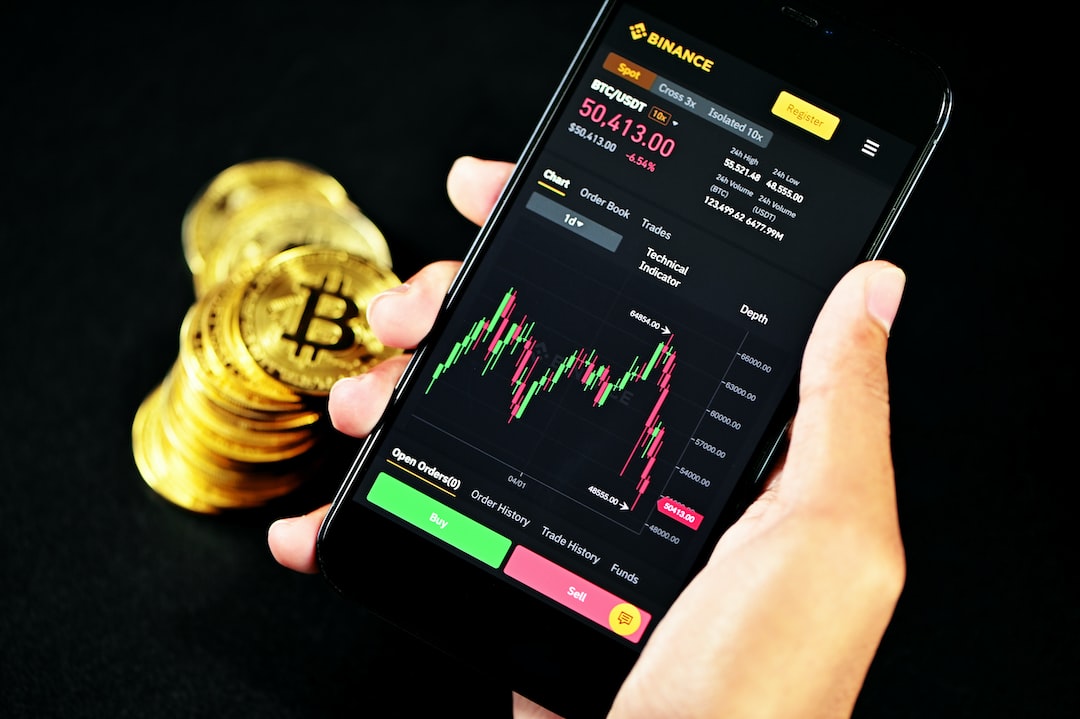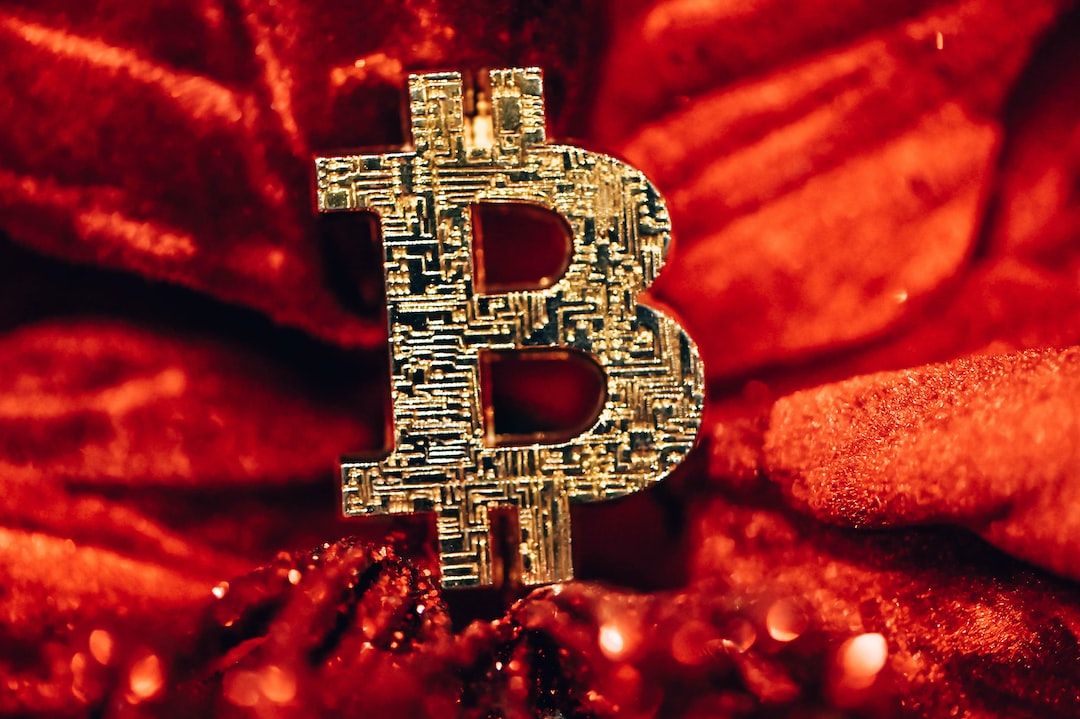Ethereum’s Inflation and Fee Burns
Since the introduction of partial fee burns on the Ethereum network, the inflation of ETH has significantly decreased. However, there are times when it becomes inflationary again. In the world of cryptocurrency, “inflation” refers to the increase in the money supply rather than a loss of purchasing power. Before the implementation of fee burns, ETH was an inflationary currency with a steadily increasing circulating supply.
The Impact of Fee Burns
The introduction of partial fee burns, especially with the transition to Proof-of-Stake, has significantly reduced ETH’s inflation. By the end of 2021, Ethereum’s money supply inflation had fallen to 2%, less than half of what it was two years earlier. However, the amount burned depends on the fees paid by users. When fees are higher, more ETH is burned, making it a deflationary coin for a few months.
Fluctuating Inflation Rate
The fluctuating inflation rate of ETH is due to two simultaneous phenomena: continuous creation of new ETH to reward validator nodes and partial fee burns. The rate at which new ETH is created remains constant, but the burn of fees varies based on transaction fees. This variability results in a variable inflation rate for ETH within a narrow range, always less than 1% per year. In contrast, Bitcoin’s inflation rate is fixed and predictable with halving events.
ETH is not Deflationary
After the implementation of fee burns and the move to Proof-of-Stake, some referred to ETH as a deflationary currency. However, this is incorrect as ETH only exhibits deflationary characteristics at certain times. It is more accurate to describe it as a currency with a variable inflation rate that is generally limited and potentially negative in the long run. Furthermore, Ethereum’s monetary policy has already undergone changes, and its future remains uncertain.
The Impact of Usage
Ethereum’s inflation rate is heavily influenced by its usage. Higher usage leads to higher transaction fees, resulting in more ETH being burned. Therefore, the future inflation dynamics of ETH will depend on its continued adoption and utilization.
Hot Take: Ethereum’s Variable Inflation Rate
Ethereum’s transition to partial fee burns has significantly impacted its inflation rate, making it a variable currency. While it can exhibit deflationary characteristics at times, it reverts to inflationary periods as well. The fluctuating nature of ETH’s inflation is due to the combination of continuous ETH creation and fee burns. Unlike Bitcoin, Ethereum’s monetary policy is subject to change, making it less predictable. Ultimately, the inflation dynamics of ETH depend on factors such as transaction fees and network usage.




 By
By
 By
By
 By
By

 By
By
 By
By